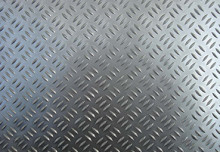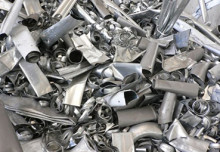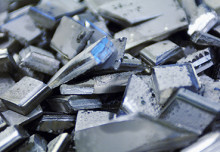Batteries/ Automotive Industry
By virtue of its resistance to chemical erosion, now the lead is mainly used in the production of lead-acid batteries, used to power automobiles and other vehicles, to power electric vehicles and as emergency power when there is no electricity. While other uses of lead have been declining due to concerns about its toxicity, the demand for lead batteries has continued to grow.
Construction
High resistance to corrosion characterizes Lead, making it ideal for waterproofing buildings.
Radiation Protection
The high density of lead makes it an ideal material for labs, hospitals and the nuclear industry, where it is used as a protection against radiation.
Glass
Lead can be added to glass to create the ‘ lead crystal, with an exceptional shine, and softer and easier to cut.
Plumbing
Lead is used for the pipes for the transport of corrosive chemicals because of its high chemical resistance.
Ammunition
Lead is widely used in the production of ammunition.
- Offer of scrap metal
- Primary Production
- Environmental regulations
- Demand/offer






 English
English Italiano
Italiano